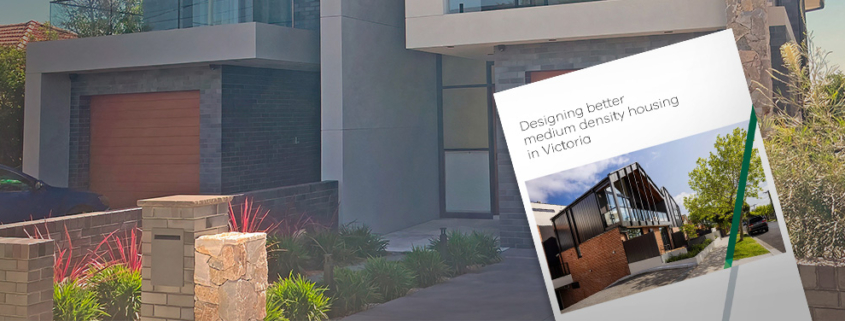Welcome to the “Frequently Asked Planning Questions: Conveyancers and Solicitors Edition” blog series, where we dive into those often-tricky planning questions that come up when we’re working with the brilliant Conveyancers and Solicitors we partner with.
Here at AS Planning, we’re all about teamwork, and we regularly help you and your clients navigate the sometimes-complex world of planning in across Victoria. Ever find yourself scratching your head over a particular planning scenario? You’re definitely not alone! We’ve compiled some of the common questions we encounter that we hope will be a real asset to you and your firm in minimising risk, streamlining property transactions and adding value for your clients.
Engage AS Planning for professional support in navigating planning matters, strategic planning advice, and preparing and lodging applications. Request a quote today.
Further reading in this series:
- My client is purchasing a property in a ‘Residential Zone’ and wants to run a business from it. Is this allowed?
- My client’s property is located in a “Bushfire Prone Area”, what are the key planning and building considerations I need them to know?
- What does it mean when your property is in a ‘Growth Area’ and what is a ‘Growth Areas Infrastructure Contribution (GAIC)?
- When a property has a ‘Section 173 Agreement’ registered on it, what does this mean?
Example Planning Question:
“The title search for a property reveals a ‘Restrictive Covenant.’ What does this actually mean for my client’s future use and development of the land?”
Example Scenario:
Your client is purchasing a larger block of land in a developing outer suburb of Bendigo. The title search reveals a Restrictive Covenant dating back several decades. The wording seems somewhat vague, mentioning restrictions on “more than one dwelling” and “building materials.” Your client is hoping to potentially subdivide the land in the future or build a separate dwelling for his elderly parents.
Planning Perspective Considerations for a Restrictive Covenant:
A Restrictive Covenant is a private agreement registered on the property title that restricts how the land can be used or developed. Unlike planning scheme controls, these covenants are often created by developers and can be difficult to remove or vary.
Key Considerations:
- Enforceability: While old, covenants can still be legally enforceable by other benefiting landowners (often within the original subdivision).
- Scope of Restrictions: The wording of the covenant is critical. It might restrict the number of dwellings, building heights, materials used, or even the types of businesses that can operate. Vague wording can lead to interpretation disputes.
- Impact on Development Potential: Covenants can severely limit a buyer’s ability to subdivide, build additional dwellings, or carry out certain types of development that would otherwise be permissible under the planning scheme.
- Removal or Variation: Removing or varying a covenant is a legal process that can be complex, time-consuming, and often requires the consent of all benefiting parties or an application to the Supreme Court. It is not typically handled through the standard planning permit process.
Don’t assume a Restrictive Covenant is outdated or irrelevant. Its existence can have significant long-term implications for your client’s property rights and development aspirations.
Unravelling the complexities of Restrictive Covenants requires expert understanding. Ensure your clients are fully aware of the potential limitations on their property.











